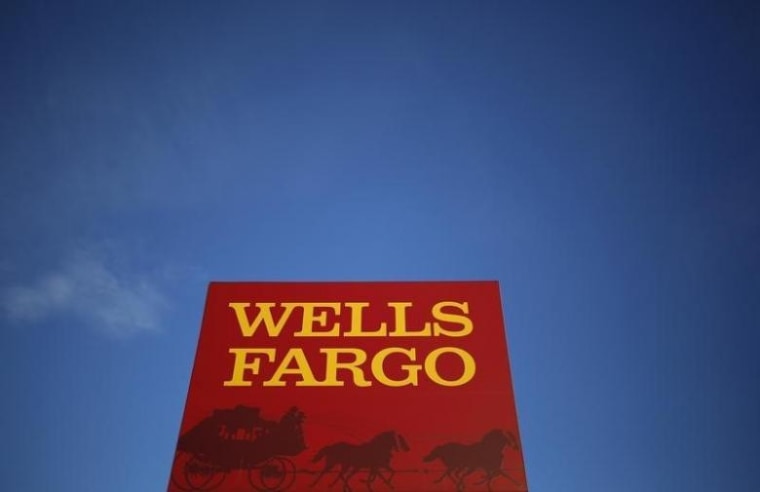A shareholder class action lawsuit was filed against Wells Fargo on Monday that alleged the firm misled investors about its financial performance and the success of its sales practices.
The lawsuit, which was filed in the U.S. District Court of Northern California, comes nearly a week after Wells Fargo chief executive John Stumpf faced Senate lawmakers about his oversight at the bank.

It also singled out Stumpf and Carrie Tolstedt, the now-retired executive at the center of the scandal, for selling more than $31 million of their stock in Wells Fargo at "artificially inflated" prices.
Wells Fargo has said its board will assess whether to cancel or claw back any incentive compensation paid to Tolstedt.
The complaint also criticizes the firm's cross-selling strategy, saying it failed to disclose material facts about its practices that were aimed at fulfilling sales quotas.
Wells Fargo has long been the envy of the banking industry for its ability to sell multiple products to the same customer.
The San Francisco-based bank has said it has fired 5,300 people over the matter and would eliminate sales goals in its retail banking on January 1, 2017.
Wells Fargo declined to comment on the matter.
Up to Monday's close, shares of the company have fallen more than 10 percent since Sept. 8 when it reached a settlement with regulators, wiping off more than $25 billion of market capitalization.